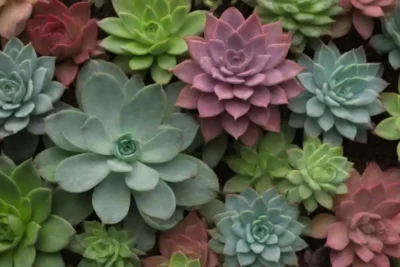
Understanding the Role of Succulents in Urban Ecosystems Today
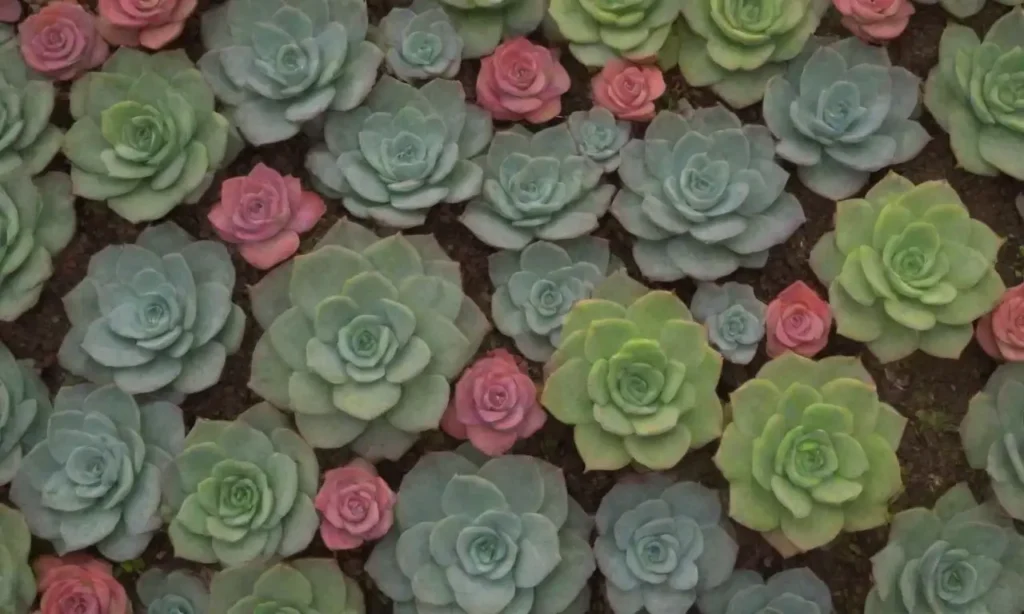
Introduction
Urban ecosystems have become increasingly important in today's rapidly developing world as cities continue to expand and the population grows. Succulents, with their unique adaptations to arid environments, offer invaluable contributions to these urban settings, especially in terms of sustainable landscaping, improving air quality, and enhancing biodiversity. Their versatility, resilience, and aesthetic appeal make them perfect candidates for urban gardens, green spaces, and even public installations.
This article aims to explore the critical role of succulents in urban ecosystems. We will delve into their ecological benefits, their contributions to urban aesthetics, and their growing popularity among urban gardeners and landscape architects. Succulents not only beautify our cities but also play a vital role in creating sustainable habitats, making them a subject worth discussing and understanding more deeply.
The Ecological Benefits of Succulents
One of the most significant benefits that succulents provide to urban ecosystems is their ability to adapt to harsh environmental conditions. These plants are engineered for drought; their specialized tissues allow them to store water efficiently, making them a sustainable choice for urban gardening. This adaptability is crucial in urban areas characterized by limited water resources and increasing instances of droughts due to climate change.
Succulents can contribute to carbon sequestration, a vital process in combating climate change. By absorbing carbon dioxide during photosynthesis, they help mitigate the greenhouse effect. Urban areas, which often face high levels of pollution, can benefit significantly from the presence of succulents. Their ability to photosynthesize at night—known as CAM (Crassulacean Acid Metabolism) photosynthesis—further showcases their adaptability and significance in urban environments, as they can reduce the ambient temperature, thereby improving the urban heat island effect.
Moreover, succulents also play a crucial role in improving air quality. These plants can absorb pollutants and toxins present in urban environments, such as volatile organic compounds (VOCs) and particulate matter. By incorporating succulents into urban planning, cities can enhance the quality of life for their residents, as cleaner air leads to better health outcomes. The presence of these resilient plants in parks, rooftops, and even interior spaces contributes to an overall reduction in health-related issues caused by air pollution.
Water Conservation and Drought Resilience
In many urban areas, especially those with limited access to freshwater resources or prone to drought, the need for water conservation has never been more urgent. Succulents are champions of water conservation and can thrive with minimal irrigation. Their thick, fleshy leaves help in retaining moisture, allowing them to survive even during prolonged dry spells. This trait is especially valuable in large cities where water scarcity is a significant concern.
Incorporating succulents into xeriscaping, a landscaping method that reduces the need for irrigation, can significantly lower the amount of water needed to maintain urban green spaces. This practice is not only sustainable but can also lead to cost savings for municipalities and homeowners alike. Creating xeriscaped areas with succulents can involve using drought-resistant plants that complement their water-saving abilities, providing a beautiful and functional alternative to traditional lawns.
 Succulents: Low Maintenance Plants with High Environmental Value
Succulents: Low Maintenance Plants with High Environmental ValueSucculents can also mitigate stormwater runoff, which is a common issue in urban areas with large impervious surfaces like roads and sidewalks. By planting succulents in rain gardens or permeable areas, cities can facilitate water infiltration into the soil. This practice helps to recharge groundwater supplies and improve the resilience of urban landscapes to flooding events, thus playing a dual role in management and conservation strategies.
Enhancing Urban Aesthetics with Succulents
Beyond their ecological benefits, succulents significantly contribute to the aesthetics of urban environments. Their diverse forms, colors, and textures make them appealing for landscaping, and they can complement any environment—be it a small balcony garden, a large public park, or corporate settings. Integrating succulents into urban design not only enhances the visual appeal of spaces but also adds a touch of nature in environments that are often characterized by steel and concrete.
Succulents can be combined creatively in vertical gardens, living walls, and container gardens. Vertical gardening has gained popularity in urban environments to maximize limited space while bringing greenery to high-density areas. Succulence in design makes it possible to showcase various plants' textures and colors, providing visual interest throughout the seasons. This trend encourages more residents to engage with nature and gardening, enriching city living experiences.
Public art installations featuring succulents have emerged in many cities, showcasing the artistic potential of these plants. Sculptures, mosaics, and structured landscapes can integrate succulents, combining aesthetics with sustainability. Consequently, these installations serve as focal points that engage communities and encourage environmental stewardship.
Community Engagement through Succulent Workshops
As the popularity of succulents continues to grow, so does the movement of community engagement through workshops and events focused on succulent care and landscaping. Teaching urban residents to design their succulent gardens fosters a sense of ownership and pride in their green spaces. This educational approach not only promotes tending to plants but also encourages discussions around sustainability, conservation, and climate resilience.
Community gardening initiatives that include succulents can bring neighbors together, allowing them to learn from each other while nurturing their plants. Numerous urban centers have seen the formation of succulent clubs or gardening groups, where participants share tips, techniques, and cuttings. This social aspect of gardening fosters relationships among residents and contributes to more vibrant neighborhoods, underscoring the role of succulents in building community connections.
Workshops may also focus on creating habitats for pollinators and other beneficial insects, connecting participants to broader ecological issues. By emphasizing the importance of succulents and their role in supporting local ecosystems, people become more engaged with nature's intricacies, leading towards a more sustainable urban lifestyle.
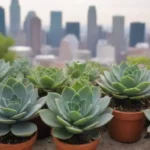 Succulents: Nature’s Way of Fighting Urban Heat Islands
Succulents: Nature’s Way of Fighting Urban Heat IslandsThe Role of Succulent Planting in Biodiversity
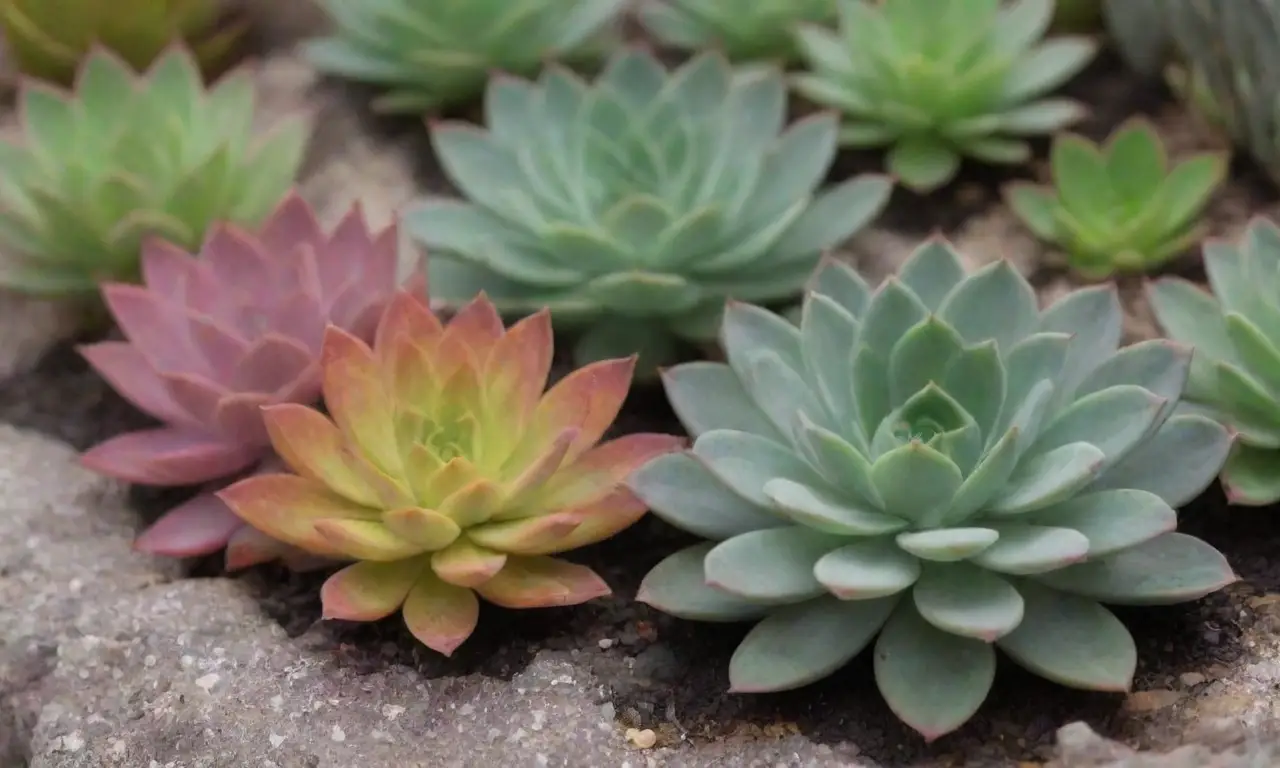
When integrated into urban environments, succulents can enhance biodiversity and promote the overall health of urban ecosystems. As cities are predominantly constructed areas with less natural habitat, being intentional about planting succulents can positively impact local wildlife, particularly pollinators like bees and butterflies. While many native plants are critical for supporting these species, a thoughtfully designed succulent garden can complement the urban habitat, providing food and shelter.
Succulents contribute to urban wildlife corridors, acting as green bridges that facilitate movement between isolated habitats. These corridors can aid in preserving local species and preventing habitat fragmentation as urban areas expand. Incorporating succulents in landscaping practices can create a more interconnected network of flora that supports various life forms, benefiting both humans and wildlife.
Additionally, biodiversity is essential for the resilience of urban ecosystems, providing stability and balancing various environmental factors. A diverse plant community, including succulents, supports a range of animals and beneficial insects, which can help control pest populations without the need for chemical interventions. This intricate web of life provides numerous ecosystem services, including pollination, soil enhancement, and nutrient cycling.
Sustainability in Urban Leadership
The incorporation of succulents into urban planning aligns with the broader goals of creating sustainable cities. Municipalities must recognize the potential of these hardy plants and integrate them into their master plans, zoning regulations, and public landscape designs. By prioritizing the use of succulents and other native plants, cities can support climate resilience, optimize resource use, and attract more residents who value green spaces.
Leadership in urban development requires innovative solutions to address pressing challenges like climate change, resource scarcity, and biodiversity loss. As awareness of the benefits of succulents grows, cities can leverage this ecological asset to meet sustainability goals. Policies encouraging sustainable landscaping practices can promote the planting of succulents, thus ensuring that urban environments remain vibrant and diverse.
Incorporating succulents into public outreach initiatives can also inspire residents to embrace more sustainable gardening options and raise awareness about the ecological challenges they face. By leading through example and advocating for succulents' inclusion in urban environments, city leaders can engage communities in the pursuit of healthier and more sustainable cities.
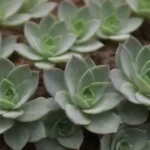 How Succulents Can Help Prevent Soil Erosion and Degradation
How Succulents Can Help Prevent Soil Erosion and DegradationConclusion
In conclusion, succulents serve as more than just charming additions to urban landscapes; they play an essential role in enhancing the resilience and sustainability of urban ecosystems. These drought-tolerant plants not only offer aesthetic benefits but also provide crucial ecological services, improving air quality, conserving water, and contributing to biodiversity. Their adaptability makes them an ideal choice for urban gardens and public spaces, promoting environmental stewardship and encouraging community engagement.
As cities face numerous challenges presented by climate change and urbanization, recognizing and harnessing the potential of succulents becomes more critical than ever. From contributing to carbon sequestration to enhancing air quality and supporting local wildlife, succulents play a vital role in shaping the future of urban ecosystems.
As communities continue to embrace sustainability and prioritize green initiatives, the popularity of succulents will likely grow alongside a deeper understanding of their benefits. Ultimately, the successful integration of succulents into urban settings signals a positive trend towards healthier, greener, and more sustainable cities where people and nature coexist harmoniously, breathing life into our concrete jungles.
If you want to read more articles similar to Understanding the Role of Succulents in Urban Ecosystems Today, you can visit the Environmental Benefits category.

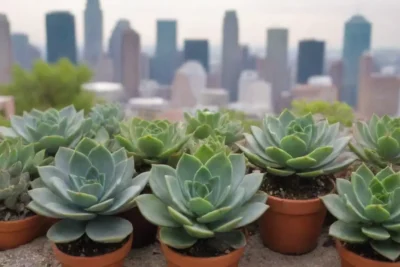

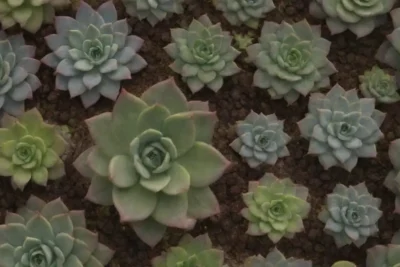
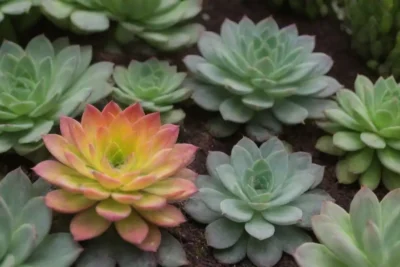
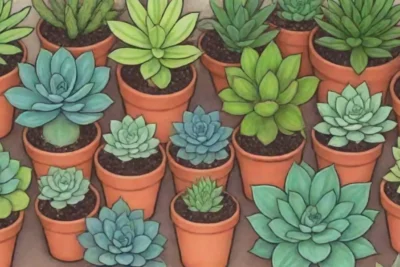
You Must Read